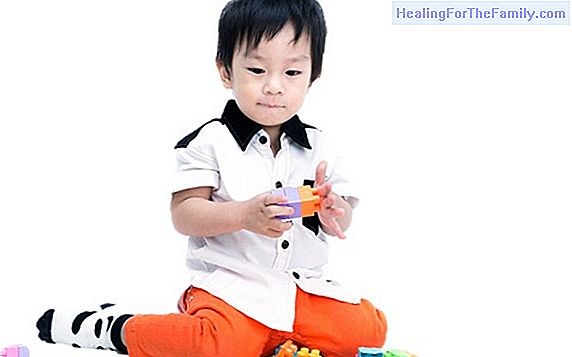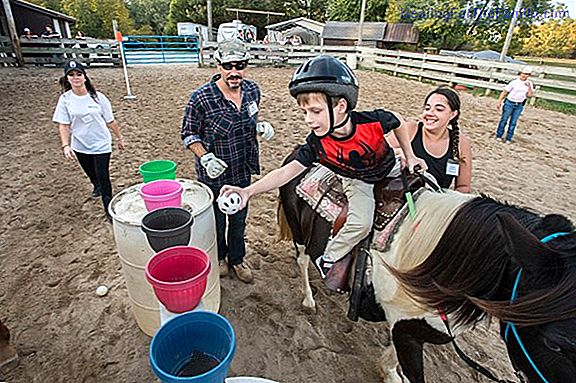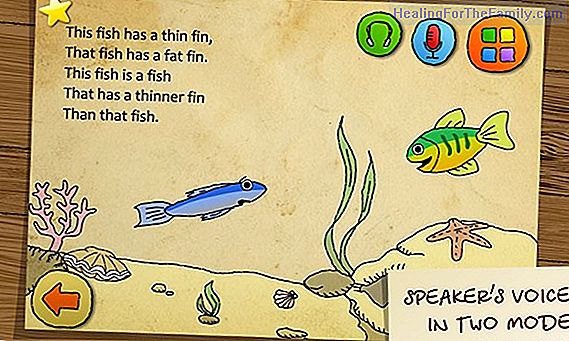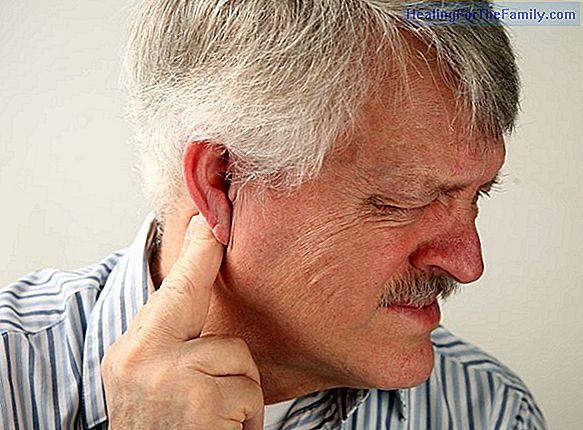The hyperactive child at school
In recent years, one of the disorders that have more presence and impact in the classroom is Attention Deficit Disorder with or without Hyperactivity, (ADHD-ADD). But it is not something that only affects the educational area of the child, but also the family and social. What difficulties can a ch
In recent years, one of the disorders that have more presence and impact in the classroom is Attention Deficit Disorder with or without Hyperactivity, (ADHD-ADD). But it is not something that only affects the educational area of the child, but also the family and social.
What difficulties can a child with hyperactivity have at school? What guidelines can we carry out to help you so that your presence in the classroom is like that of other children?
The child with ADHD at school
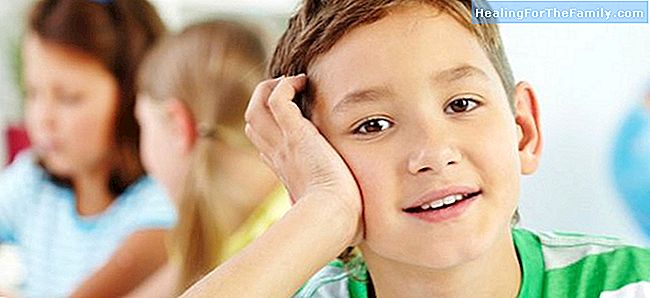
As general features of children with ADHD, we can establish the following characteristics: they are children who have difficulty maintaining attention, they show hyperactivity or excessive movement and they are impulsive.
In addition to these traits, the child who has a Attention Deficit Disorder, whether with Hyperactivity or not, shows certain types of behaviors at school:
- Disorganization of notebooks and assignments.
- He often loses or does not bring the necessary materials to class.
- Do not finish the homework.
- Interrupt frequently.
- Moves and gets up for no apparent reason.
- Difficulties to accept the rules.
- He gets distracted and does not pay attention. It seems he does not listen.
They also present a series of associated traits that we must keep in mind such as low self-esteem, bad behavior, difficulty in learning, school problems, especially in their relationship with classmates, greater risk of falling or injury ...
On the other hand, also show some more positive characteristics than the previous ones such as: extroversion, sympathy, creativity, artistic gifts, energy, independence or sensitivity.
How to help children with ADHD at school
We must bear in mind that the child is not always aware of these behaviors and therefore it is fundamental not to penalize him for that, but to help him and teach him to be aware of them. that he himself is capable of correcting them. No two children are the same, and the same thing happens with children with ADHD. The important thing is to make an early diagnosis, and carry out a combined intervention of psychological treatment and if necessary pharmacological in addition to family and school counseling.
Some guidelines for working in the classroom with these children are:
- Place him in a suitable place in the classroom. Close to the teacher, with his back to the window, next to a quiet companion.
- Break down the tasks in small steps. The same in class assignments as in exams. Make sure that the child does not skip any steps, that he reads tasks correctly, etc.
- Check the agenda, without scolding him, but reminding him what he has to write down.
- Reinforce the positive that you have done on the day.
- Make him our assistant, assigning tasks such as distributing exams, helping the teacher to carry materials, etc. So that we give exit to that necessity to move, and in addition we are saying to him that we counted on him and that he is to us of great help.
It is very important not to forget that ADHD is a disorder of neurobiological origin, and therefore an early diagnosis is essential to provide adequate help to the child, families and teachers and that the disorder has as little impact on the development as possible. of the child.

Jimena Ocampo Lozano
Collegiate Pedagogue
Expert in Early Care
Centro de Psicología Álava Reyes

